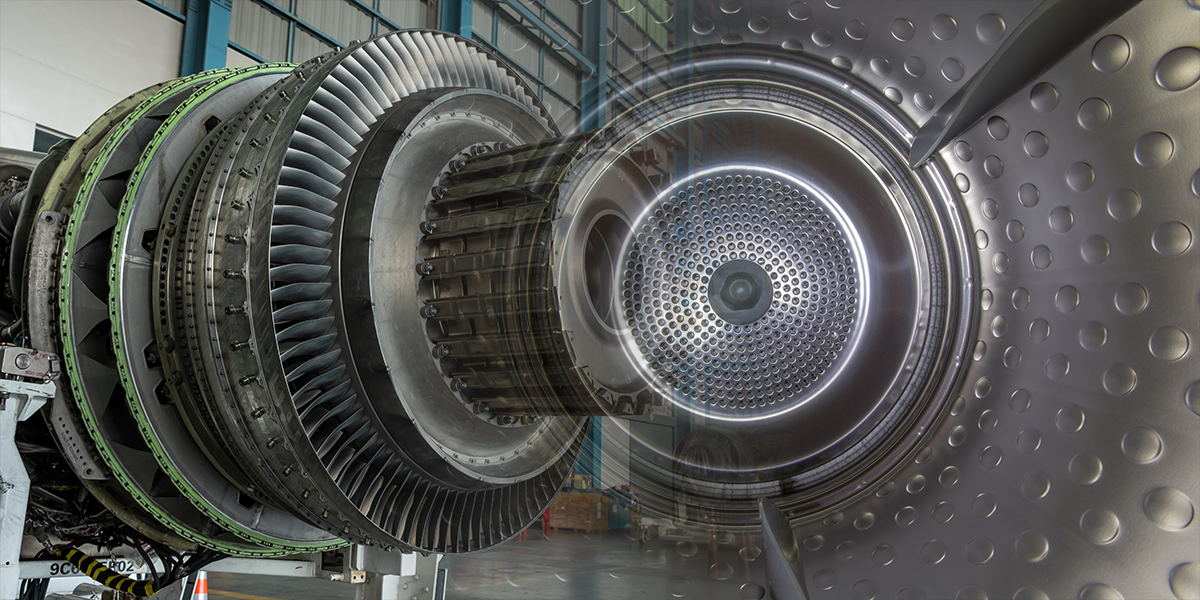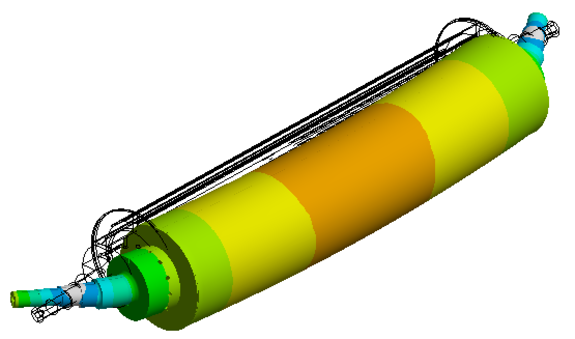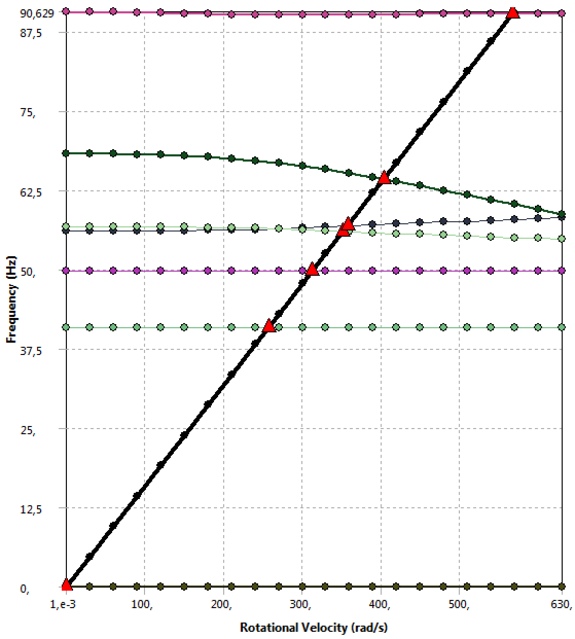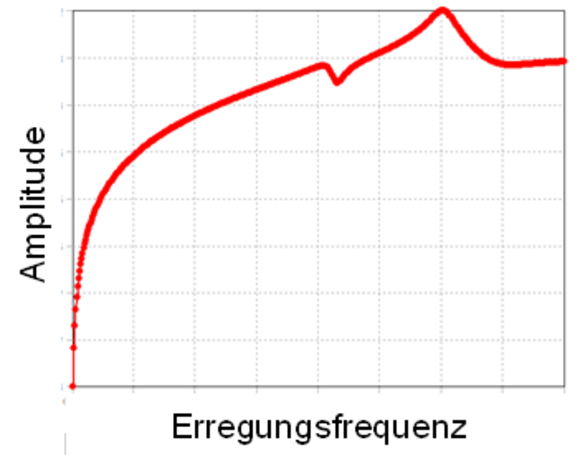On tours - rotor dynamics

Anyone who has ever tried to load a washing machine in spin cycle so that it gets up to speed has a sense of what the term rotor dynamics is all about.
Ideally, the laundry must be distributed in such a way as to minimize imbalance, which means that the center of gravity is as close to the drum axis as possible.
Historically, the subject of rotor dynamics came up at the end of the 19th century, when the first steam turbines came onto the market. It was discovered that not only steam boilers could explode, but also that rapidly rotating turbines could pose at least as great a danger if they were inadequately designed. This was the birth of rotor dynamics.
To approach the subject further, we need to know what a natural frequency is. Any vibrating system (and that is anything that is not infinitely stiff) can be made to vibrate in typical ways that would continue indefinitely if there were no damping. A piano string that is struck can still be heard for a long time, but the sound gets quieter and quieter.
The damping corresponds to an internal friction, the volume of the tone and thus the deflection of the string decreases.
If you listen carefully, the strings that belong to octaves of the tone also resonate. An octave down or up corresponds to half or double the frequency. These multiples are called harmonics. The harmonics are considered along with a vibration excitation, but are less critical than the direct excitation of a tone.
Every body, not only a piano string, possesses an infinite number of natural frequencies, whereby as a rule the low frequencies are of interest. To every natural frequency always belongs a mode of vibration, the so-called natural mode of vibration (also called "mode" in English).

Shafts, rotors or rollers also have such natural frequencies and natural modes of vibration. A distinction is made here between bending vibrations (see Figure 1) and torsional vibrations.
The low natural frequencies are critical here as well, often this is the first bending critical, since they are directly excited by unbalances that are always present in the system.
The gyroscopic effect, which allows us to ride bicycles and motorcycles without tipping over, also has an influence on rotating disks and more or less changes the natural frequencies up or down (see Figure 2).
The higher the rotational speed, the more important it is to take this influence into account.

It becomes critical when excitation frequencies, e.g. an unbalance in a rotor, coincide with natural frequencies.
Then the excitation pumps more energy into the system than is dissipated by damping. The deflections become larger and larger and the system fails. Then you need a new turbine and, in case of doubt, a new building.
But not only the rotor is a vibrating system, also the housing, the bearing and the foundation can vibrate. These vibrations influence each other.
I was once at a pumping station where the speed of the pump caused the entire concrete floor to vibrate perceptibly. No wonder that fractures occurred in the pump housing within a short time. If you know the culprit, you know what to do in this case. A support in the right place shifts the natural frequency of the ceiling plate in such a way that the resonances and housing fractures could be avoided.
Machines can be operated subcritically or supercritically. In subcritical operation, the rotational frequency is below the first natural frequency. In supercritical operation, a critical frequency is passed through as quickly as possible when the machine runs up.

To stay with our example of the washing drum: The bearing here is relatively soft, so the system is operated supercritically. During spinning, the drum must come up to speed quickly in order to pass through this critical frequency quickly.
If this is not successful because the imbalance caused by the load is too great, the drum will strike and not even get up to speed enough for the laundry to dry.
By means of a suitable FEM calculation model, all effects of the rotor dynamics and the vibration can be determined and either the mathematical proof for a standard-compliant design can be provided or potential weak points can be identified and optimized.
Especially for machines with high rotational speeds, e.g. gearboxes, compressors, turbines, centrifuges or rollers, the rotor dynamics is an indispensable part of a safe design in addition to the verification of the centrifugal force stresses.
The consideration of the effects due to the gyroscopic effect, as well as other effects such as spin-softing or stress stiffening require appropriate know-how when using corresponding programs.
We are happy to assist you in providing the appropriate verification of the rotor dynamics. We are very familiar with all current standards.
Send us a short mail with the keyword "rotor dynamics". We will be happy to advise you without obligation.
Yours Stefan Merkle
